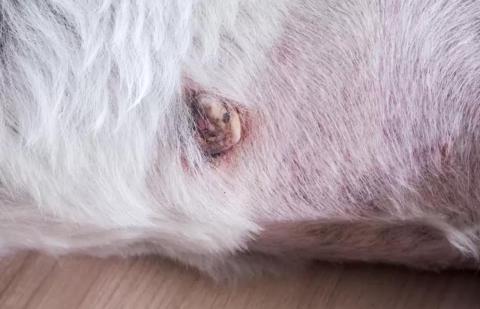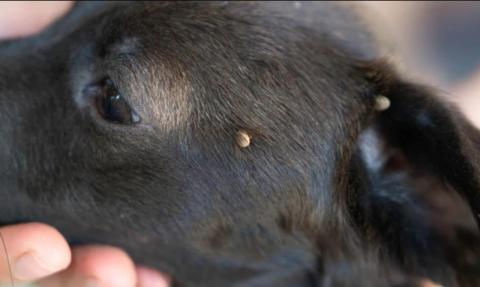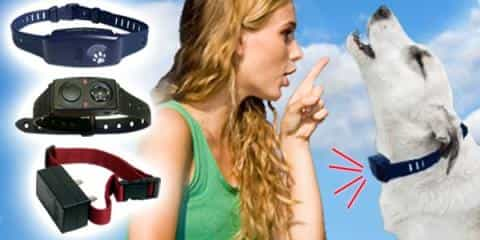
Published on March 10 by Julia
Dogs, like humans, can develop small skin growths called skin tags. While these are usually harmless, they can sometimes cause concern for pet owners. Understanding how to identify and manage skin tags in dogs can help ensure your pet's well-being.
Skin tags, also known as acrochordons or fibroepithelial polyps, are soft, benign growths that appear on a dog's skin. They can be flesh-colored, slightly darker, or the same tone as your dog's skin. Typically, skin tags are painless and do not pose a serious health risk unless they become irritated, infected, or grow in a location where they interfere with movement.
While the exact cause of skin tags is not always clear, several factors may contribute to their development:

Skin tags can vary in appearance but generally share common characteristics:
If a growth on your dog is red, swollen, bleeding, or changing in size or shape, consult a veterinarian to rule out more serious conditions such as tumors or infections.
Most skin tags do not require medical treatment, but if they cause discomfort or become infected, there are several treatment options:
If the skin tag is not bothering your dog, monitoring it for changes in size, color, or texture is the best approach. Keep the area clean and prevent your dog from scratching or licking it excessively.
If a skin tag becomes problematic, a veterinarian may recommend removal through one of the following methods:
Some pet owners explore natural treatments, such as apple cider vinegar or tea tree oil, to shrink skin tags. However, these methods should be used with caution, as some substances can cause skin irritation or allergic reactions. Always consult your vet before trying home remedies.

While most skin tags are harmless, you should seek veterinary advice if:
While you cannot entirely prevent skin tags, you can take steps to reduce their likelihood:
Skin tags on dogs are common and usually harmless, but monitoring their growth and health is important. If a skin tag becomes bothersome or changes in appearance, consult a veterinarian for guidance on whether removal is necessary. Regular check-ups and proper skin care can help ensure your dog stays comfortable and healthy.
Discover More Content





